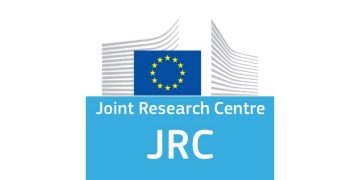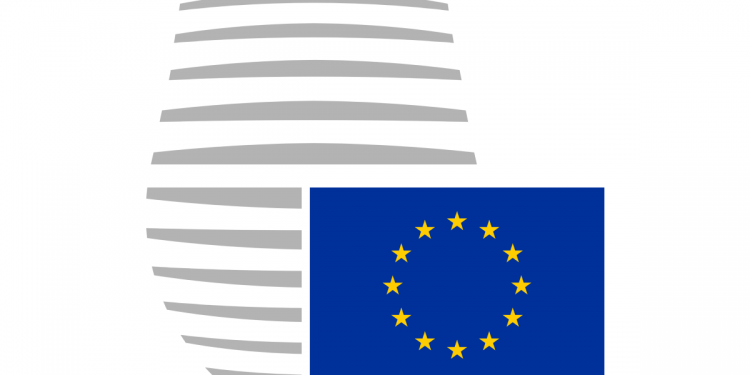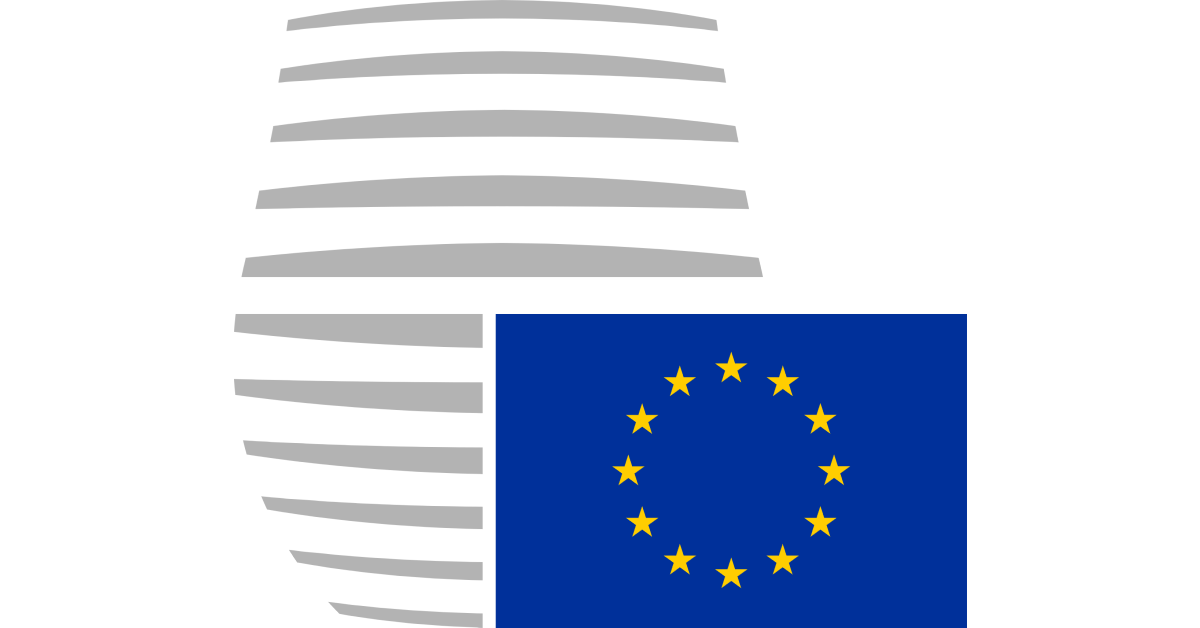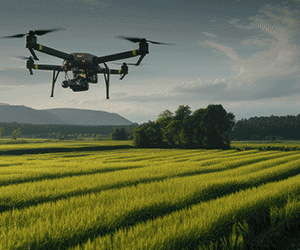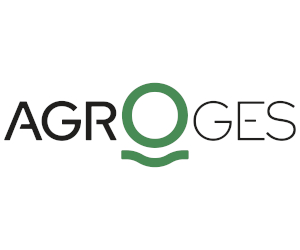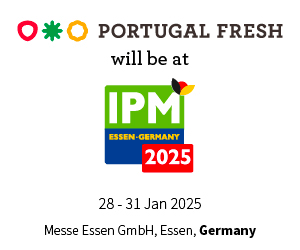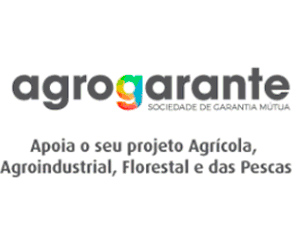Today, the Council reached a provisional deal with the European Parliament on a directive establishing a framework for soil monitoring to improve resilience and manage the risks of contaminated sites. The directive will also set out land-take mitigation principles with a focus on soil sealing and soil removal.
Healthy soils are the foundation for 95% of the food we eat, host more than 25% of the biodiversity in the world and are the largest terrestrial carbon pool on the planet. Yet, soil is a limited resource and over 60% of soils in the EU are not in a good condition.
The provisional agreement maintains the aspirational, non-binding goal to achieve healthy soils by 2050. The agreement still needs to be confirmed by both institutions.
With the agreement reached today, we established the first-ever EU framework on assessing and monitoring soils across Europe. It is high time for action as over 60% of European soils are unhealthy and getting worse. Healthy and resilient soil is key to ensuring safe and nutritious food and cleaner water for the generations to come.
Paulina Hennig-Kloska, Polish Minister for Climate and Environment
Comprehensive monitoring framework
Member states, supported by the Commission, will first monitor and then assess the health of all soils on their territory, so that authorities across the EU can provide appropriate support to prevent and tackle soil degradation.
Both the Council and the Parliament concurred on the need to achieve a solid and coherent monitoring framework with comparable data. They agreed that member states will determine sampling points for monitoring, on the basis of an EU common methodology. First steps towards monitoring of PFAS and pesticides were agreed by the co-legislators.
Assessment of soil health
The provisional deal maintains the concept of common soil descriptors (physical, chemical and biological parameters), as reflected in the general approach and the Commission’s initial proposal.
It also introduces classes to describe soil health that would be based on the target and trigger values established in the Council’s general approach:
non-binding sustainable target values at EU level to reflect the long-term objectives
operational trigger values, set at member state level for each soil descriptor in order to prioritise and gradually implement provisions leading to a healthy soil status
Land take mitigation
The new directive will set out mitigation principles on land take, with a focus on its most visible aspects: soil sealing and soil removal. These principles will be taken into account by member states, while national decisions on spatial planning will be respected including on housing, mining, sustainable agriculture and the energy transition.
Next steps
The provisional agreement will now have to be endorsed by the Council and the Parliament. It will then be formally adopted by both institutions following legal-linguistic revision.
Background
According to the EU soil strategy, presented by the Commission in 2021, the lack of dedicated EU legislation was singled out as a major cause for the alarming state of EU soils. To ensure the same level of protection for soil that exists for water, the marine environment and air in the EU, the Commission put forward the soil monitoring directive on 5 July 2023.
The ultimate aspirational objective of this directive is to have all soils in a healthy condition by 2050, in line with the EU Zero Pollution ambition. The directive will also contribute to the achievement of the UN 2030 agenda for sustainable development.
O artigo foi publicado originalmente em Conselho Europeu.








